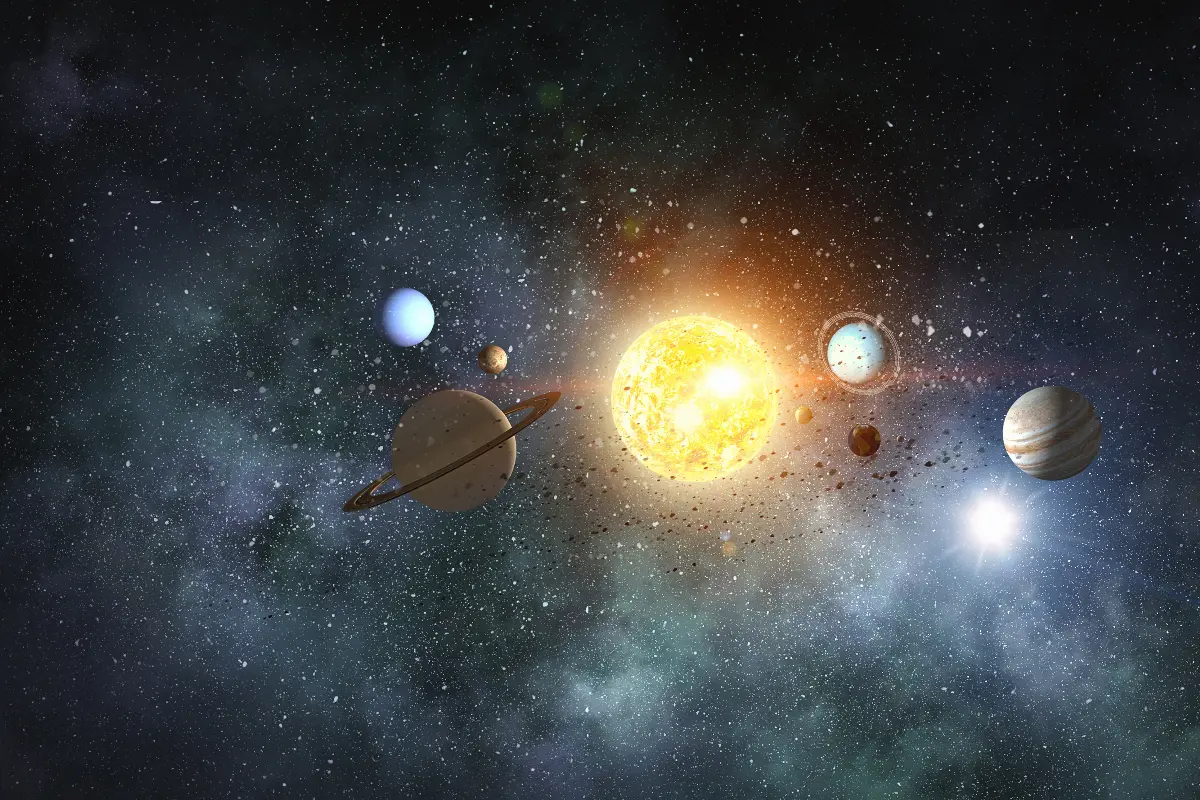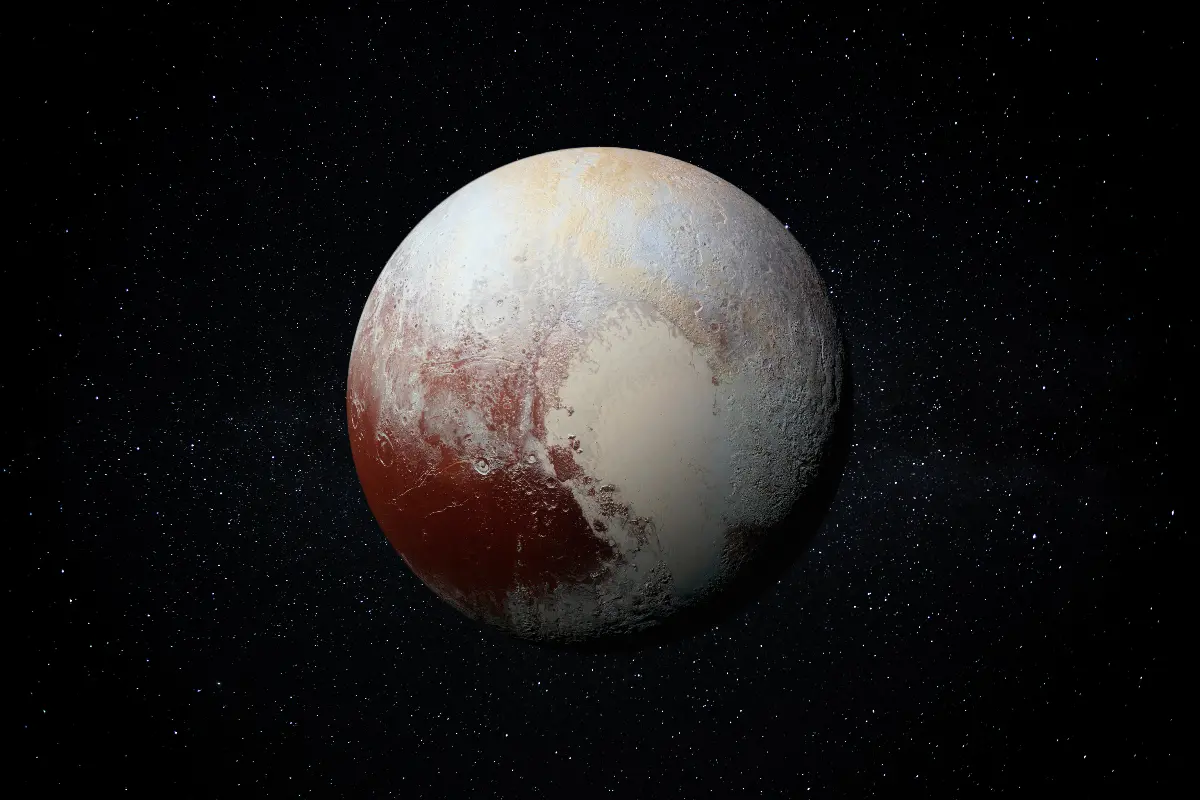The cosmos has been a source of fascination for millennia, luring inquiring minds to explore the heavens above. For those starting in astronomy, our solar system is an awe-inspiring playground packed with celestial intricacies worth exploring. Understanding the solar system's fundamental aspects sets the stage for a lifelong passion for the stars and beyond.

At the heart of our solar system lies the sun, a massive star comprised of mainly hydrogen and helium, which keeps the system bound together through its gravitational pull. This celestial powerhouse provides the necessary light and heat to sustain life on Earth and influences the orbits of the solar system’s residents.
Circling the sun are eight planets, each with its own unique features. They're divided into two categories: the terrestrial planets (Mercury, Venus, Earth, and Mars), the gas giants (Jupiter and Saturn), and the ice giants (Uranus and Neptune). The terrestrial planets are rocky, with solid surfaces and metallic cores, while gas and ice giants, as the names suggest, have deep atmospheres and are composed largely of gases and ices.
Mercury, the closest to the sun, whips around in just 88 Earth days. Although it’s situated so near the solar furnace, Mercury experiences extreme temperature fluctuations due to its lack of atmosphere.
Venus, our "sister planet," is similar in size to Earth but vastly different in conditions. Its dense, toxic atmosphere is largely carbon dioxide, trapping heat and creating surface temperatures high enough to melt lead.
Earth, our home, is a dynamic world with the right conditions for water in all its forms, which is essential for life as we know it. Our planetary neighbour, Mars, is often referred to as the "Red Planet" because of its iron oxide-rich soil. Mars features the tallest volcano and the deepest, longest canyon in the solar system, evidence of geological activity in the past.
Beyond the rocky planets, the gas giants Jupiter and Saturn draw awe with their size and stunning ring systems—the latter being the most prominent in the solar system. Jupiter's Great Red Spot, a storm larger than Earth itself, exemplifies the dynamic nature of its gaseous surface.
Further out lie the ice giants, Uranus and Neptune. Uranus is notable for its extreme axial tilt, essentially rolling on its orbital path around the sun. Neptune, though similar in composition to Uranus, is known for its intense storms and the fastest winds recorded in the solar system.

Pluto, once the ninth planet, has reigned over the Kuiper Belt as a dwarf planet since its reclassification in 2006. Pluto and its fellow dwarf planets, like Eris, are remnants of the solar system's formation, providing clues to the early days of our cosmic neighbourhood.
Strewn between Mars and Jupiter lies the asteroid belt, a zone filled with rocky objects ranging in size from dust grains to dwarf planets like Ceres. Comets, the "dirty snowballs" of space, originate from distant regions such as the Kuiper Belt and the Oort Cloud. They surprise and delight skywatchers with their occasionally brilliant displays as they approach the sun.
Astronomy enthusiasts should also be aware of the less visible yet critical aspects of our solar system. The Oort Cloud, for instance, is a hypothesised spherical shell of icy objects enveloping our planetary system and the birthplace of long-period comets. Another significant element is the heliosphere, a vast bubble created by the solar wind that envelops the planets and shields us from interstellar radiation.
Observing the solar system can begin in your own backyard. Start with the moon, Earth's only natural satellite. Through even a modest telescope or a pair of binoculars, one can contemplate lunar plains and craters in stunning detail. Planetary observation is also rewarding; the rings of Saturn, the cloud belts on Jupiter, and the phases of Venus are all visible from Earth and are perennial favourites among amateur astronomers.

One vital skill for a beginner astronomer is learning to navigate the night sky. This includes recognising constellations, understanding celestial coordinates, and mastering the use of star maps or astronomy apps. This knowledge makes it easier to locate planets, stars, and deep-space objects. Furthermore, tracking celestial events such as eclipses, meteor showers, or planet conjunctions provides an excellent way to engage with the dynamic nature of the heavens.
It's also essential to appreciate the value of dark skies for stellar observations. Light pollution has become a significant barrier to clear skywatching, so seeking out darker rural areas can immensely improve your stargazing experiences and allow you to observe fainter objects such as the Milky Way or nebulae that can't be seen from city locations.
Your choice of equipment is also an early consideration. Starting with simple binoculars can be very satisfying and provide useful magnification for moon craters, star clusters, and even some of the larger galaxies. As passion and experience grow, investing in a telescope opens the door to deeper exploration. Reflectors and refractors each have their benefits, and planetary imaging can be particularly rewarding with adequate setup and conditions.
Finally, joining an astronomy club or online community can offer guidance, share knowledge, and enhance the joy of discovery. Finding a mentor or engaging with events like star parties can provide hands-on learning opportunities and the camaraderie of fellow enthusiasts.
The cosmos may be vast and enigmatic, yet even a basic understanding of our solar system cultivates a sense of curiosity and connection to the larger universe. Whether you admire the high drama of a lunar eclipse or the steady glow of Jupiter, the solar system offers a celestial spectacle bound to captivate any beginning astronomer's imagination. So look up and let the astronomical adventure begin.
